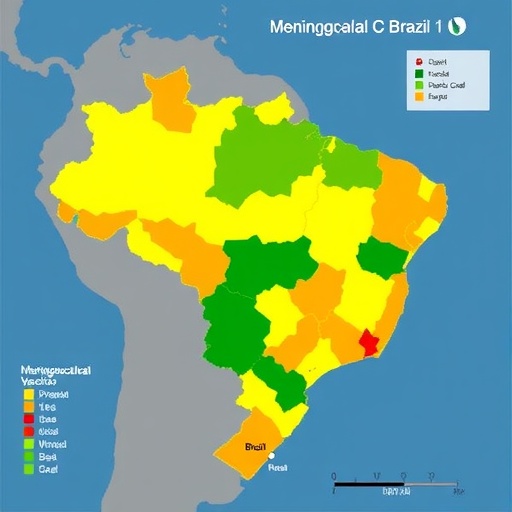New research published in Arthritis & Rheumatology, an official journal of the American College of Rheumatology, reveals that prescription opioids are commonly used long-term to treat pain in older patients with severe osteoarthritis. The study also found substantial statewide variation in rates of treatment with long-term opioid therapy for osteoarthritis, which was not fully explained by differences in patient characteristics or access to healthcare providers.
Long-term use of prescription opioids for the treatment of chronic pain carries the risk of dependence and other serious harms. Osteoarthritis in the hip or knee is a common source of chronic pain in the United States, as it affects nearly 30 million US adults and has a prevalence that is expected to rise with the aging of the population.
To evaluate long-term opioid use in patients with severe osteoarthritis and to examine differences based on geography and healthcare access, Rishi J. Desai, MS, PhD, of Brigham and Women’s Hospital and Harvard Medical School, and his colleagues analyzed 2010-2014 Medicare data on osteoarthritis patients undergoing total joint replacement.
The analysis included 358,121 patients with an average age of 74 years. One in six patients used long-term prescription opioids (?90 days) for pain management in the year leading up to total joint replacement, with an average duration of approximately seven months. More strikingly, nearly 20 percent of the long-term users consumed an average daily dose of ?50 morphine milligram equivalents, an amount that was identified by recent guidelines as potentially imparting a high risk of opioid-related harms.
The average percent of long-term opioid users among advanced osteoarthritis patients varied widely across states, ranging from 8.9 percent in Minnesota to 26.4 percent in Alabama. Access to primary care providers was only modestly associated with rates of long-term opioid use (an average adjusted difference of 1.4 percent between areas with highest versus lowest concentration of primary care providers), while access to rheumatologists was not associated with long-term opioid use.
“These findings suggest that regional prescribing practices are key determinants of prescription opioid use in chronic pain patients, and geographically targeted dissemination strategies for safe opioid prescribing guidelines may be required to address the high use observed in certain states,” said Dr. Desai.
###
Additional information
The information contained in this release is protected by copyright. Members of the media may sign up for embargoed news or to request a copy of any study please contact:
Penny Smith +44 (0) 1243 770448 (UK)
Josh Glickman +1 201-748-6572 (US)
Follow us on Twitter @WileyNews
Full Citation: “Association of geography and access to healthcare providers with long term prescription opioid use in Medicare patients with severe osteoarthritis: A cohort study.” Rishi J. Desai, Yinzhu Jin, Patricia D. Franklin, Yvonne C. Lee, Brian T. Bateman, Joyce Lii, Daniel H. Solomon, Jeffrey N. Katz, and Seoyoung C. Kim. Arthritis & Rheumatology; Published Online: January 28, 2019 (DOI: 10.1002/art.40834).
URL Upon Publication: http://doi.
Author Contact: Marck Murphy, BWH Media relations manager, at [email protected].
About the Journal
Arthritis & Rheumatology is an official journal of the American College of Rheumatology (ACR) and covers all aspects of inflammatory disease. The American College of Rheumatology (http://www.
About Wiley
Wiley is a global leader in research and education. Our online scientific, technical, medical, and scholarly journals, and our digital learning, assessment, certification and student-lifecycle services and solutions help universities, academic societies, businesses, governments and individuals to achieve their academic and professional goals. For more than 200 years, we have delivered consistent performance to our stakeholders. The Company’s website can be accessed at http://www.
Media Contact
Penny Smith
[email protected]
http://dx.




